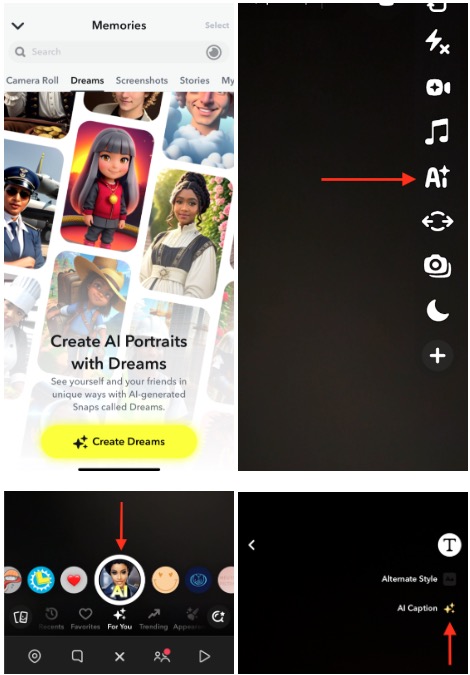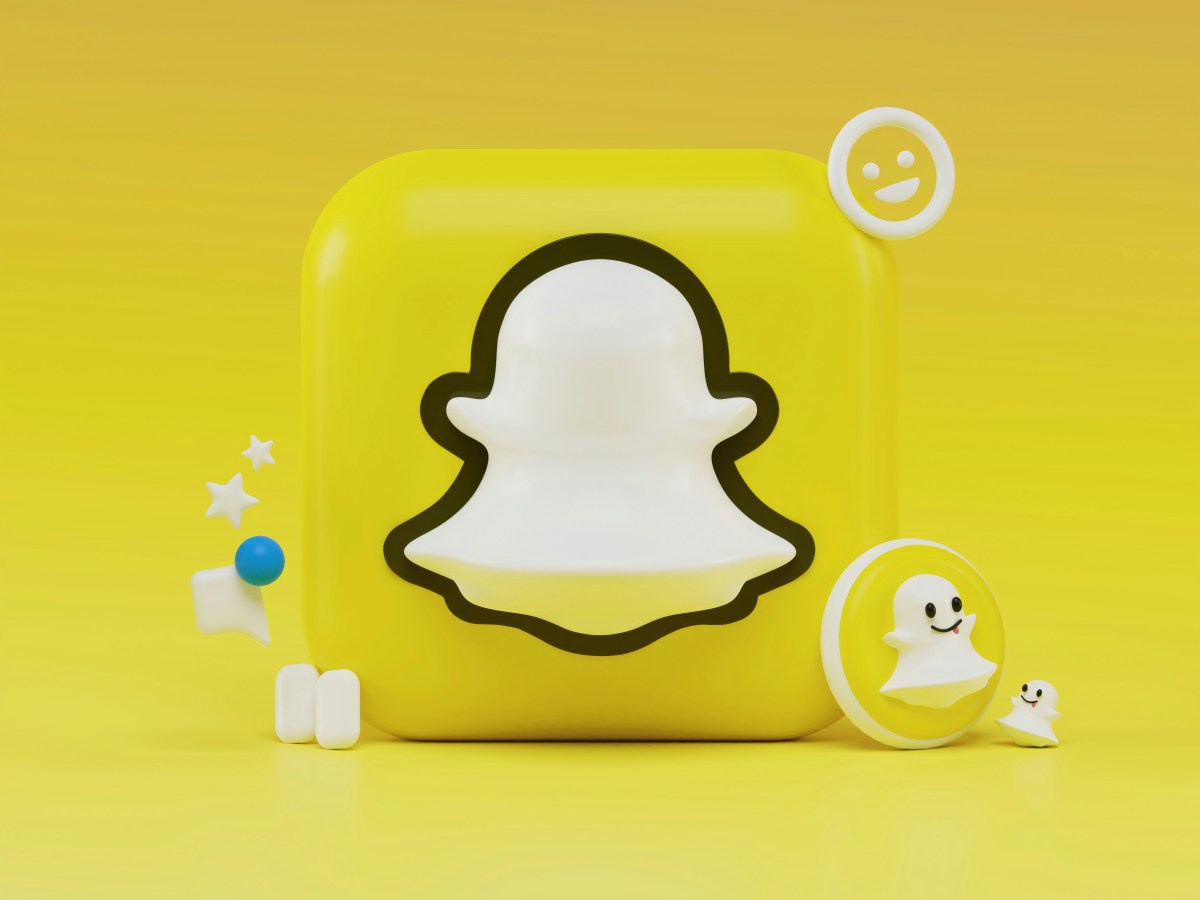Social media company Snap said Tuesday that it plans to add watermarks to AI-generated images on its platform.
The platform is adding a logo of a small ghost with a sparkle icon to denote an AI-generated image. The company said the watermark would appear when the image is exported or saved to the camera roll.

Snap plans to show a Ghost logo with sparkle on AI-generated images using its tools. Image Credits: Snap
On its support page, the company said removing Snap’s Ghost with sparkles watermark violates its terms. It’s unclear how Snap plans to detect the watermark removal. We have asked the company for more details and will update the story when we hear back.
Other tech giants such as Microsoft, Meta, and Google have also taken steps to label or identify images created with AI-powered tools.
Currently, Snap allows users to create or edit AI-generated images with Snap AI for paid users and a selfie-focused feature called Dreams.
In its blog post outlining its safety and transparency practices around AI, the company explained that it shows gen-AI powered features such as Lenses with visual markers like a sparkling logo.

Snap lists indicators for features powered by generative AI. Image credits: Snap
The company also added context cards with AI-generated images from tools like Dream selfies to better inform the user.
In February, Snap partnered with HackerOne to stress its AI image-generation tools by adapting a bug bounty program. The company said it has also created a review process to remove problematic problems when AI-powered lenses are in development.
“We want Snapchatters from all walks of life to have equitable access and expectations when using all features within our app, particularly our AI-powered experiences. With this in mind, we’re implementing additional testing to minimize potentially biased AI results,” the company said on its blog.
Snapchat landed in hot water soon after introducing the “My AI” chatbot last year. A Washington Post report noted the bot was returning inappropriate responses to users. Later, the company rolled out controls in the Family Center for parents and guardians to monitor and restrict their teen’s interactions with AI.

